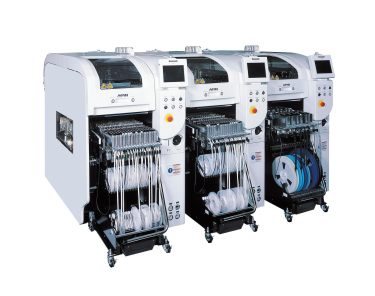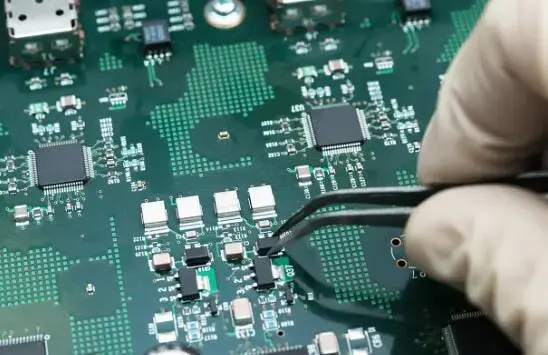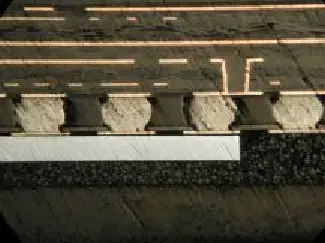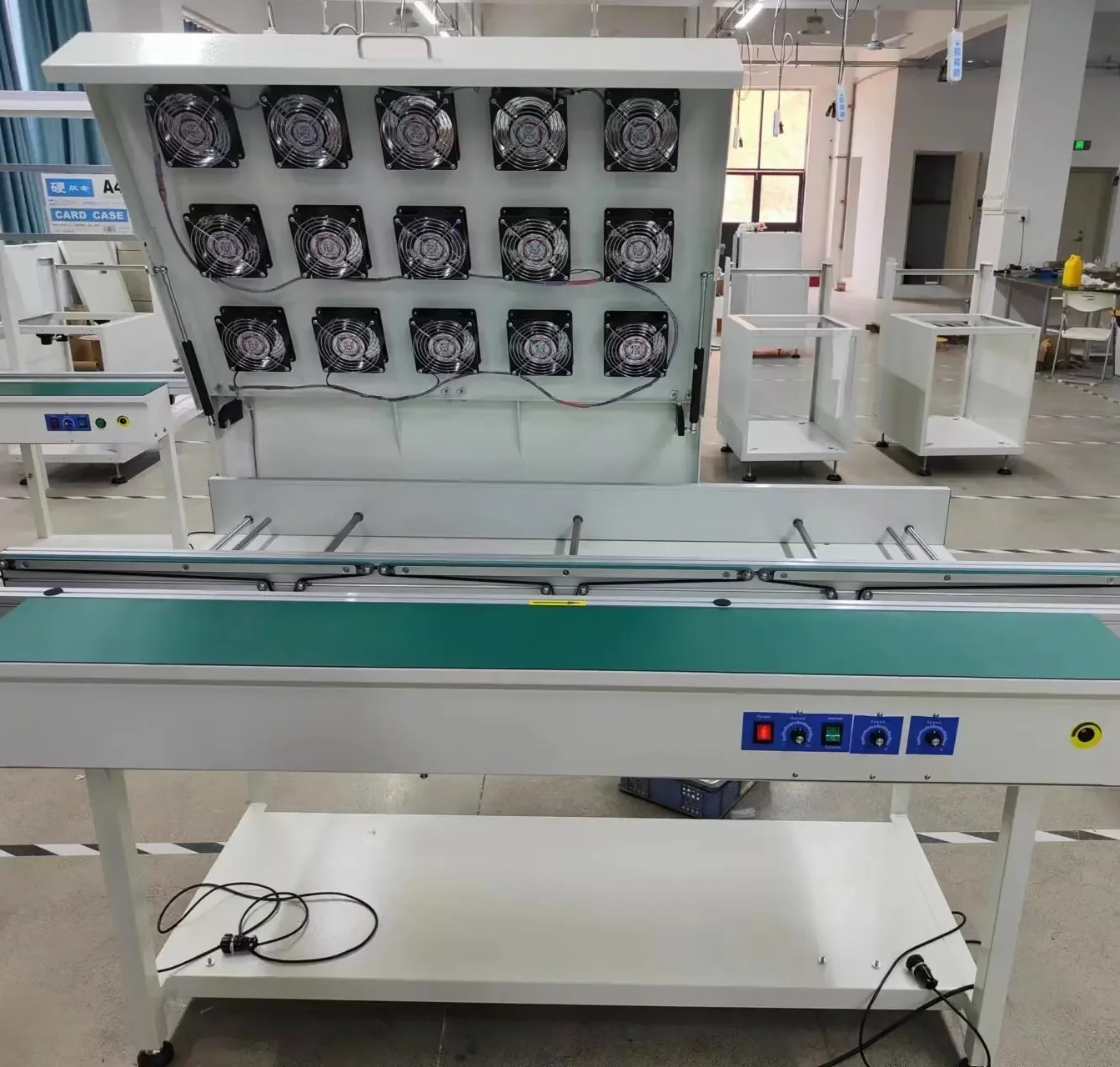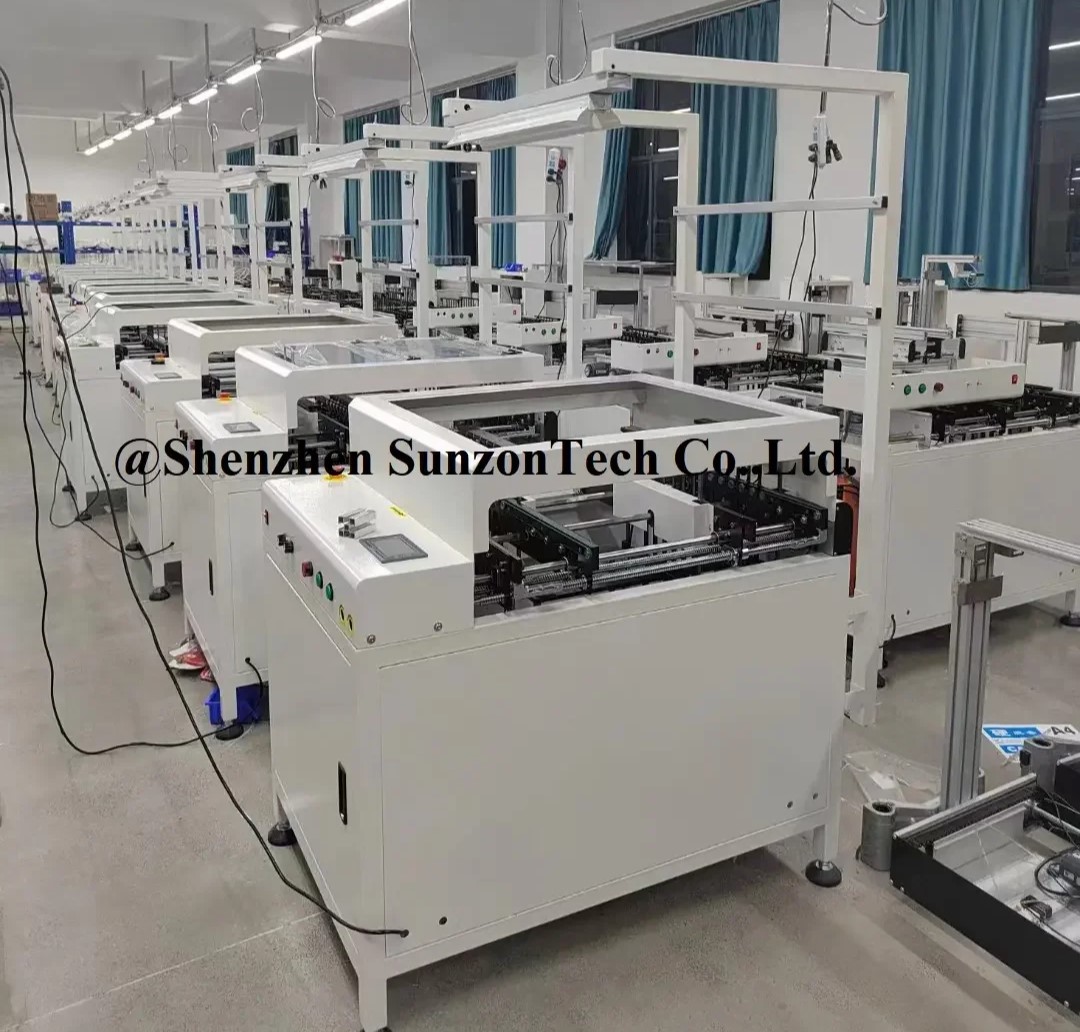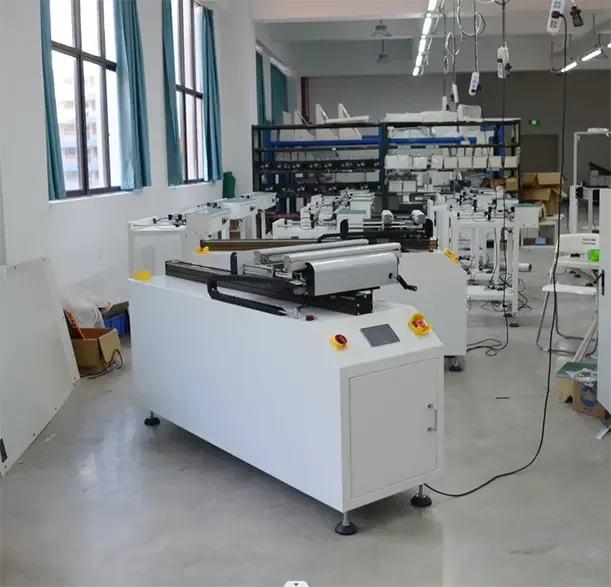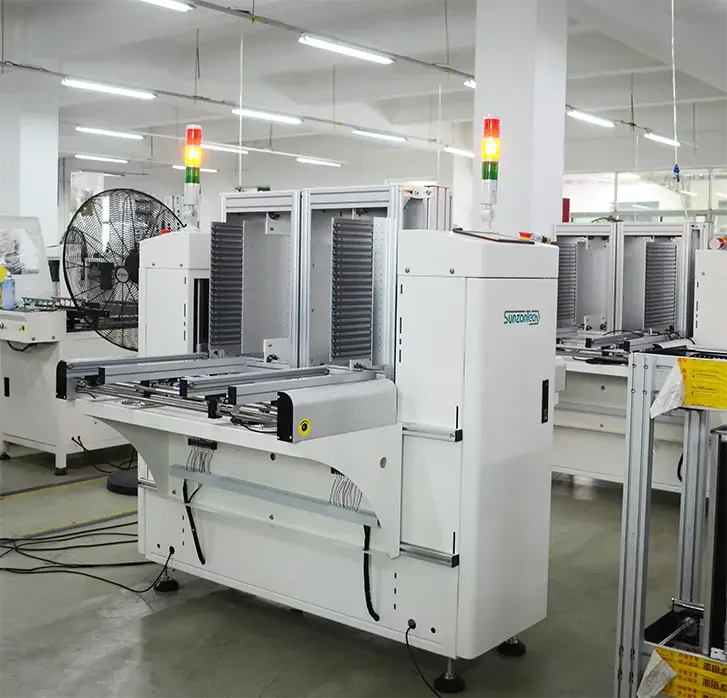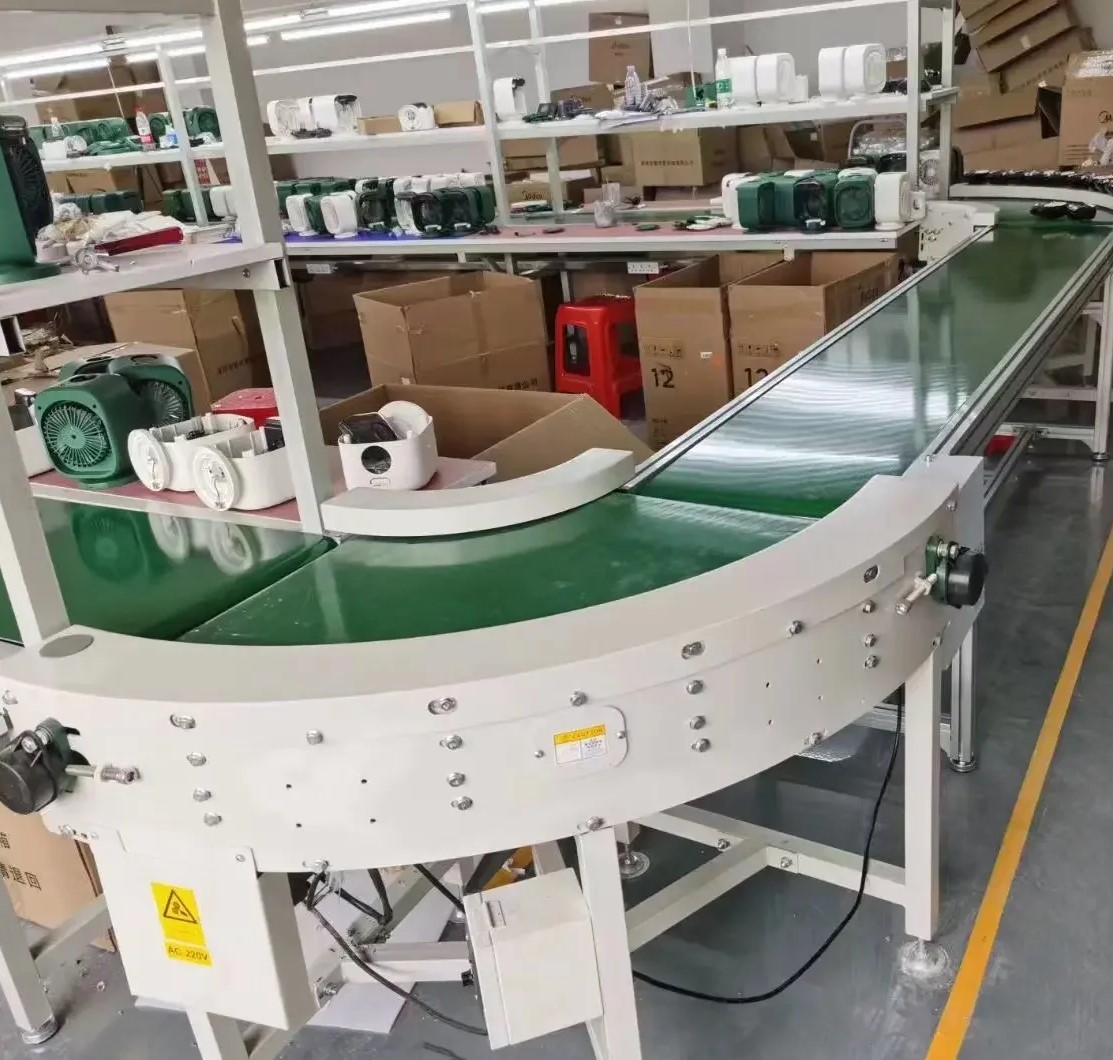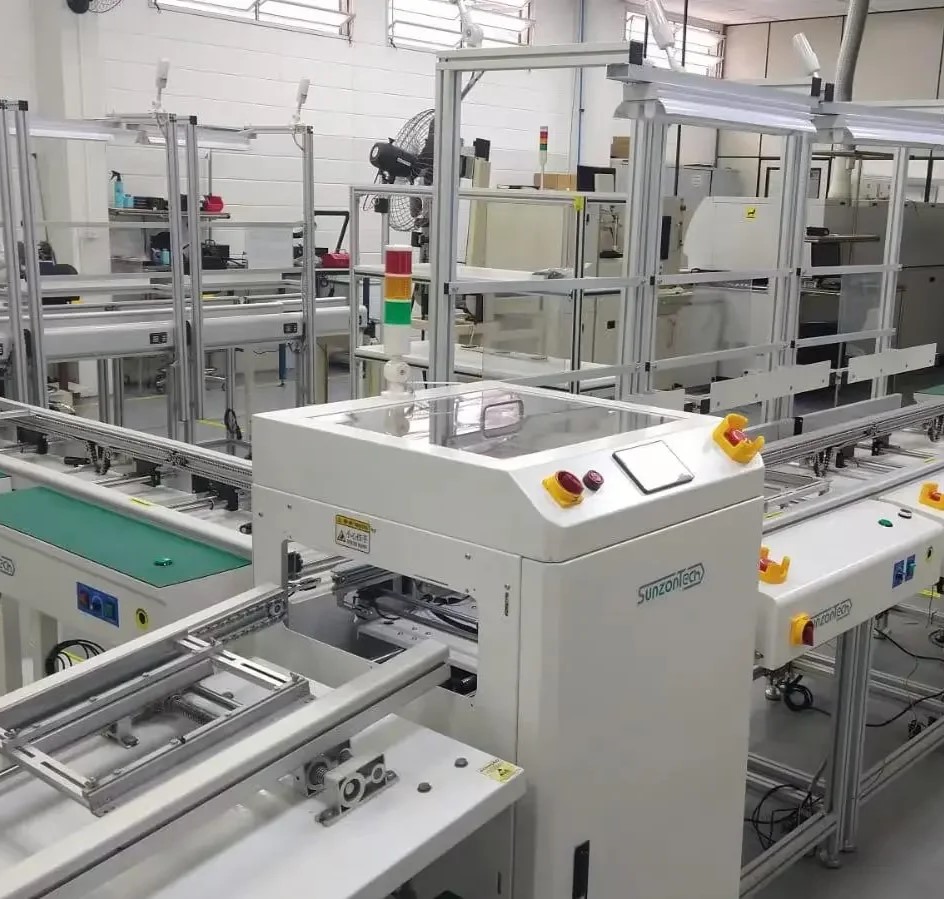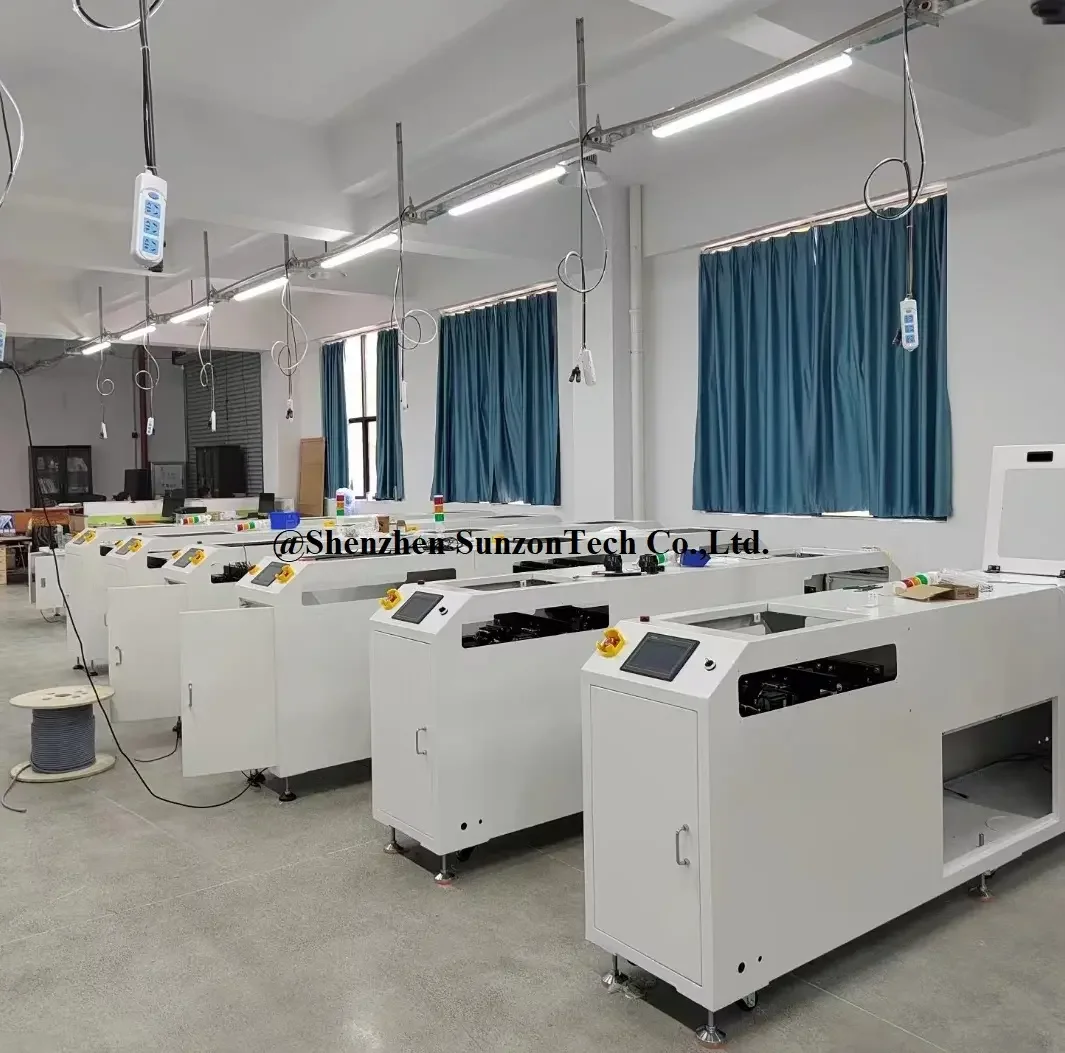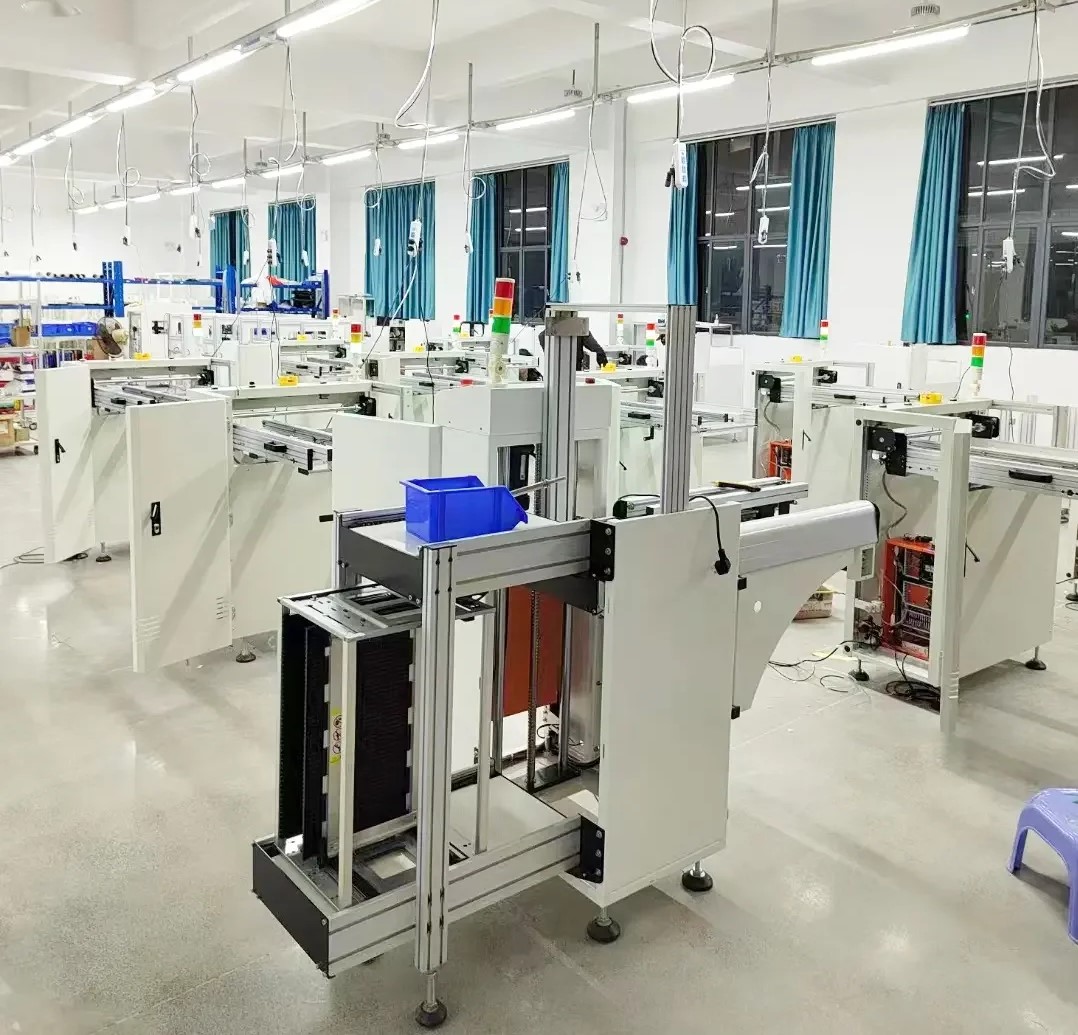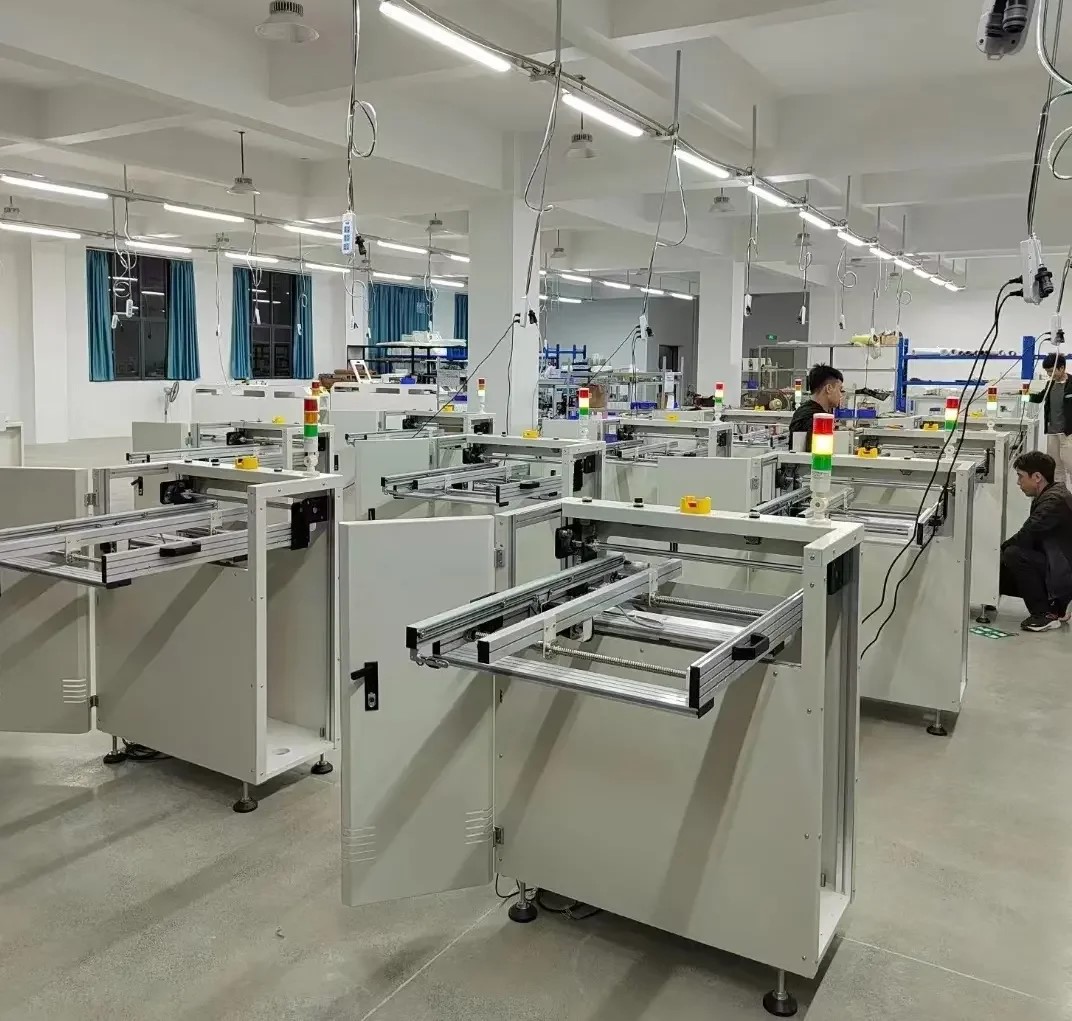Since Huawei developed the high-speed and large-capacity next-generation communication standard “5G”, with the launch of 5G-compatible smartphones, it has begun to truly enter our lives. This time, what I want to introduce is the difference between 5G high frequency and millimeter wave, the way PCBs change in the 5G industry, and the types of PCBs used for various purposes.
1. What is the next generation communication standard “5G”?
There are three main changes in 5G:
1. Multiple simultaneous connections;
2. Ultra-high speed and large capacity;
3. Low latency.
Compared with 4G, the communication speed is 20 times, the delay is 1/10, and the number of simultaneous connections is 10 times. (The communication speed of 4G is 15 times that of 3G. At that time, I thought 4G was very fast.)
5G is too fast for previous standards. The key is that large-capacity communications and multiple connections can be completed without delay. This will make telemedicine possible, provide high-definition VR games and movies, and combine a large number of sensor information and image processing functions to realize autonomous driving and smart cities.
2. Replacement materials for high-frequency substrates
In order to meet the millimeter wave range, the dielectric loss of the insulating material must be reduced. Dielectric loss refers to the loss of energy as heat when an AC electric field is applied to a dielectric, which leads to signal degradation. Especially in the millimeter wave region, the influence of signal degradation due to dielectric loss is great, so it is very important to choose the insulating material of the printed circuit board.
Fluorocarbon resin is a representative resin with low transmission loss, and Teflon and polytetrafluoroethylene are famous. It has excellent heat resistance, humidity resistance and chemical resistance, but is too hard and has poor processability when manufacturing printed circuit boards. LCP (Liquid Crystal Polymer) is another material with low transmission loss, but its disadvantage is that it has high thermoplasticity and defects due to high temperature processing during board manufacturing.
Currently, every company is developing resin materials with low transmission loss in the millimeter wave region.
For example, Panasonic’s MEGTRON6 is used as a substrate for CCL (Copper Clad Laminate), and Betfluon has better processability during the substrate manufacturing process.
Even if it is a product that supports high frequency, it is not necessary to use the above introduced material with low transmission loss to manufacture the insulating layer of the entire printed circuit board. There is a method in which only the high-frequency circuit layer or only the part of the RF module that emits radio waves is used as a substrate for transmission loss.
For high-frequency applications, as of 2020, the research phase involves many parts, and there is no clear direction in some areas. However, with the practical application of 5G communications in countries around the world, we expect that many products will be commercialized at a faster rate. When the base station infrastructure is ready, I think all devices are equipped with 5G communication modules, which will provide us with a more convenient life.


